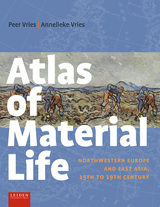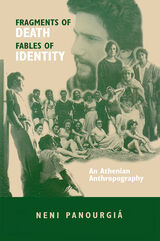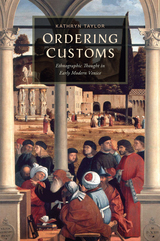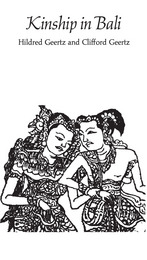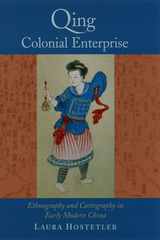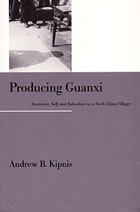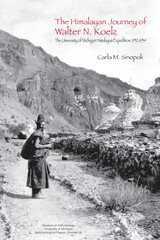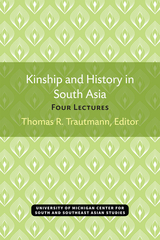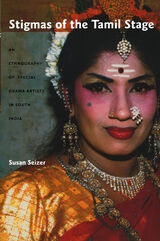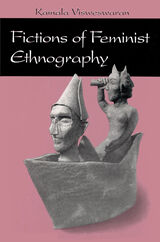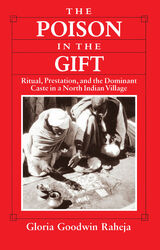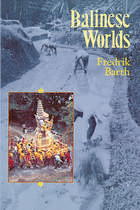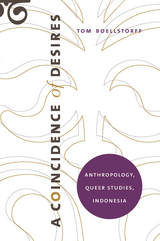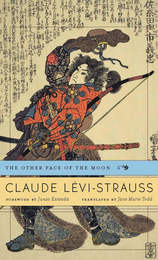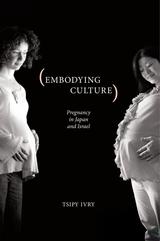Camera Indica: The Social Life of Indian Photographs
University of Chicago Press, 1997
Cloth: 978-0-226-66865-9 | Paper: 978-0-226-66866-6
Library of Congress Classification GN635.I4P49 1997
Dewey Decimal Classification 770.954
Cloth: 978-0-226-66865-9 | Paper: 978-0-226-66866-6
Library of Congress Classification GN635.I4P49 1997
Dewey Decimal Classification 770.954
ABOUT THIS BOOK | TOC
ABOUT THIS BOOK
A wedding couple gazes resolutely at viewers from the wings of a butterfly; a portrait surrounded by rose petals commemorates a recently deceased boy.
These quiet but moving images represent the changing role of photographic portraiture in India, a topic anthropologist Christopher Pinney explores in Camera Indica. Studying photographic practice in India, Pinney traces photography's various purposes and goals from colonial through postcolonial times. He identifies three key periods in Indian portraiture: the use of photography under British rule as a quantifiable instrument of measurement, the later role of portraiture in moral instruction, and the current visual popular culture and its effects on modes of picturing. Photographic culture thus becomes a mutable realm in which capturing likeness is only part of the project. Lavishly illustrated, Pinney's account of the change from depiction to invention uncovers fascinating links between these evocative images and the society and history from which they emerge.
These quiet but moving images represent the changing role of photographic portraiture in India, a topic anthropologist Christopher Pinney explores in Camera Indica. Studying photographic practice in India, Pinney traces photography's various purposes and goals from colonial through postcolonial times. He identifies three key periods in Indian portraiture: the use of photography under British rule as a quantifiable instrument of measurement, the later role of portraiture in moral instruction, and the current visual popular culture and its effects on modes of picturing. Photographic culture thus becomes a mutable realm in which capturing likeness is only part of the project. Lavishly illustrated, Pinney's account of the change from depiction to invention uncovers fascinating links between these evocative images and the society and history from which they emerge.
See other books on: Camera Indica | Photography in ethnology | Pinney, Christopher | Portrait photography | Social Life
See other titles from University of Chicago Press


